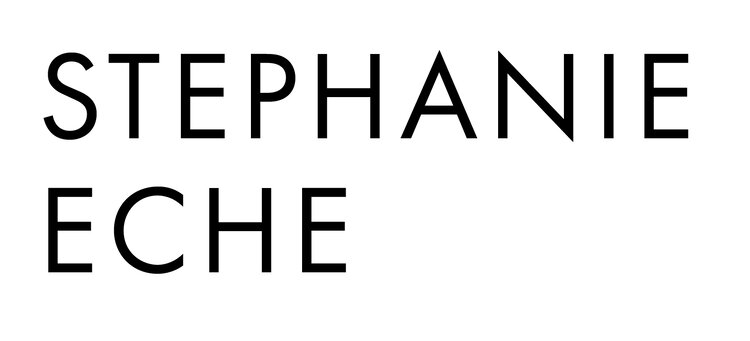On Tuesday I participated in the ULI Health Leaders Network Introductory Forum in Los Angeles, CA. The Health Leaders Network is a program of the Building Healthy Places Initiative supported by the Robert Wood Johnson Foundation, the Colorado Health Foundation, and the ULI Foundation. The program is designed to help real estate and land use professionals develop skills to improve health outcomes in their professional practice as well as their own communities.
When I first heard about this program, I was really excited to apply, even though I wasn’t sure what it would be like. My sister is getting her Master’s in Public Health and through our conversations I’ve become more and more turned on to the relationship between health and the built environment.
It seems in public health there has yet to be a major movement to assess and improve the impact of the built environment on public health, at least beyond public safety basics. Could professionals in the built environment and community engagement realms do anything to improve major health issues, such as heart disease, opioid abuse, or obesity? And even if we could, being we are in a capitalist society, how can we connect the health benefits to investor gains and (increased) dollar per square foot?
I am relatively new to real estate and have so far been pretty fascinated by the silos that seem to exist in every part of the industry -- on the private side you have departments that operate without much interaction and on the public side you have groups and government entities seemingly unaware of each other. It’s bound to create some tension, and of course, in the urban areas that I’ve worked and/or learned about, it does. Even though I was excited for this program, I wondered whether there is much that can be done with so many players and strong emotions.
Despite my skepticism, I was really delighted to get into the ULI Health Leaders Institute and see what might be possible to help make the connection between health and the built environment, and, hopefully, improve the circumstances for healthier communities.
The program kicked off with the in-person Introductory Forum. It was moderated by Sara Daleiden and Ron Milam, who both did an amazing job keeping the forum engaging and interactive. The participants are from all over the US and from various disciplines. Through exercises and brainstorming sessions, I felt like I got to know a tiny bit about most everyone in attendance, which got me even more pumped up about this group and the program.
During the program, we attended ULI’s Changing World Speaker Series on Equity and Inclusion. The speakers included PolicyLink’s Angela Glover-Blackwell, Mosaic Urban Partners’ Calvin Gladney and National Trust for Historic Preservation’s Stephanie Meeks. Each speaker gave her own perspective on how and why to take inclusion and equity seriously.
Glover gave a persuasive and powerful talk on how not only is diversity of race and class unavoidable in US cities, but an equitable approach is actually a superior growth model for economic and community development. She backed up her argument with personable anecdotes and stats, like how by 2044 the US will be majority of people of color.
Gladney gave an equally powerful talk and used three M’s to argue for equitable development: mandates, margins, and might. He said explicitly that it is not about ethics, but about doing better business. If a developer isn’t held to certain standards by local mandates, they may see better margins creating an equitable place. And if they don’t have mandates and don’t need the margins, they just might be faced with a public voice regarding equity and inclusion that they might not easily escape. We’ve all seen how messy a loud, unhappy contingent can be when pushing through a development project. Why put so much at risk by ignoring issues of equity and inclusion? Why not just face them head on when starting a project?
Meeks’s talk was also impactful. She shared stats on how a diverse built environment actually creates a more diverse, equitable, and inclusive community. Her book The Past and Future City describes how historic preservation can create active places that maintain their history while revitalizing or strengthening today’s communities.
After the session, we went back to our Health Leaders Group and debriefed. It was great to hear so many different takes on what we had just heard, and also a little confusing. I finally spoke up and asked what exactly we were talking about when we said ‘white,’ ‘non-white’ or ‘people of color’. This led to more discussion and debate about how we talk about and categorize people and communities -- and how easily we can forget the individual or even the nuances of a particular group that is itself very diverse. Many shared a desire to obtain and keep community members’ input at the forefront of a development or community engagement initiative. I thought about all the times this doesn’t actually happen, however well-intended, or how sometimes it actually can’t happen due to rules and regulations, processes set up by policy, or the facts of commerce -- you don’t always want the public to know what you are doing until you know it can be done.
Later we learned about the case study we will be working on and separated into small working groups to know each other more intimately. I looked around nervously when we first got into our small groups, noticing very quickly that my group did not have an architect or designer. Soon an architect came to our table and I was relieved. We did, in fact, have a very well-rounded group!
After a long day of sharing and processing, I left with a newfound optimism -- the built environment and the health industries are complicated, but they are areas which are long overdue for some extra love and care. And I now have a pretty stellar network with which to do the work.



